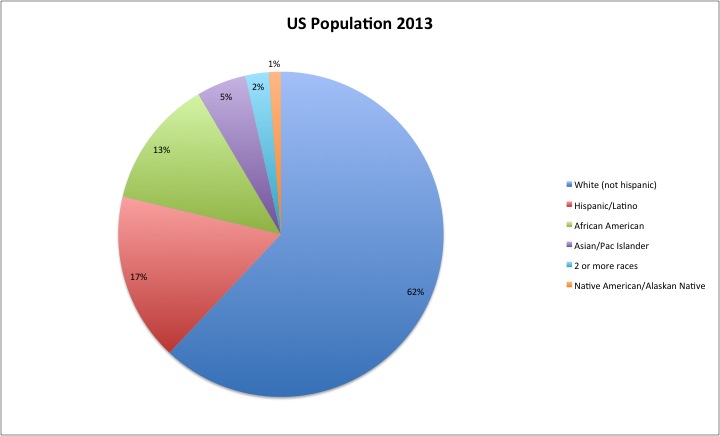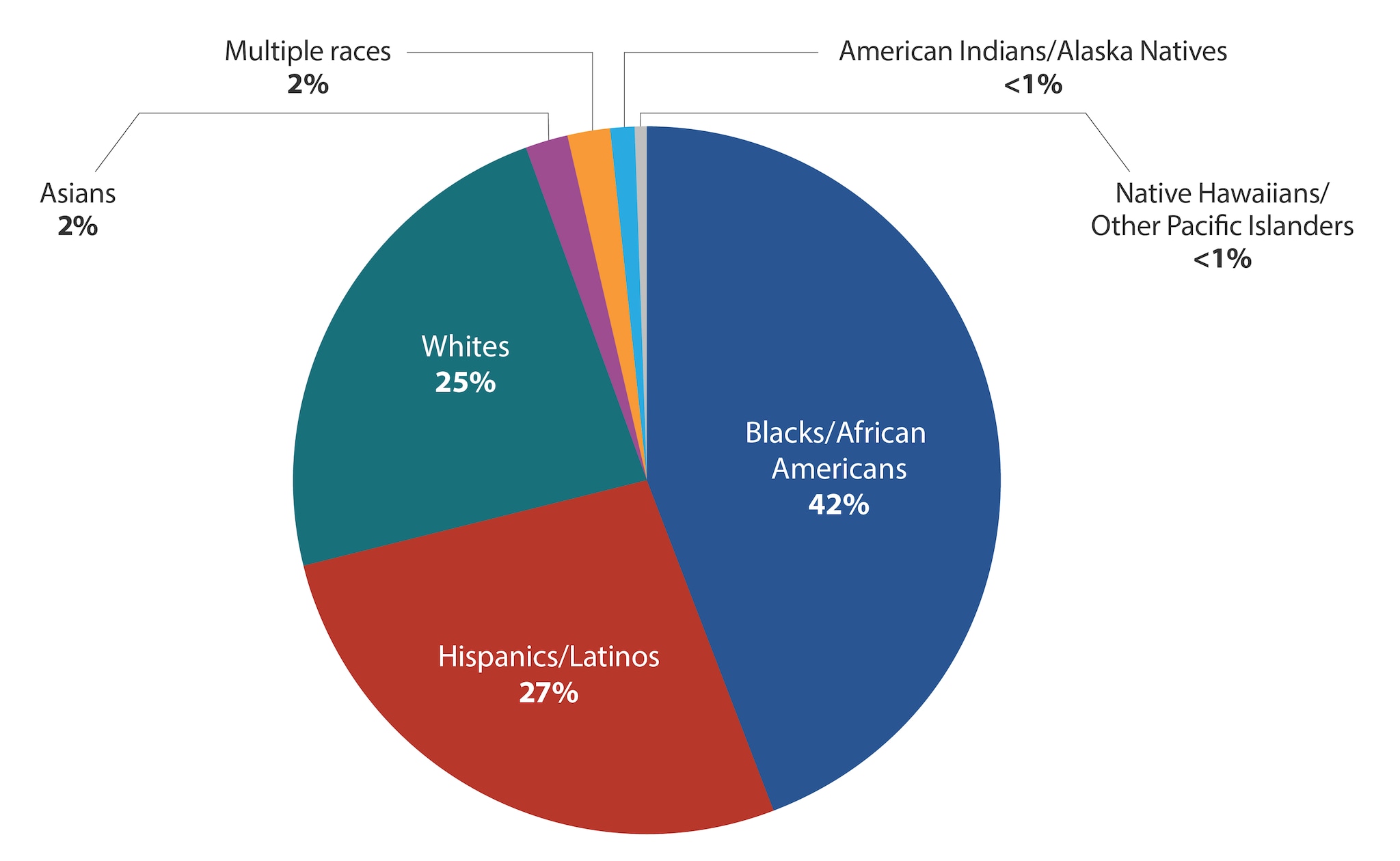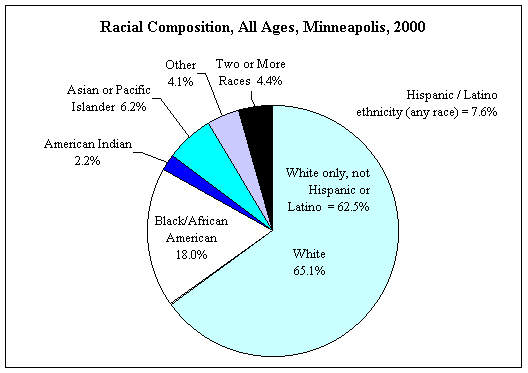

residents, and other eligible non-citizens.Įligible noncitizens include all students who completed high school or a GED equivalency within the United States (including DACA and undocumented students) and who were not on an F-1 nonimmigrant student visa at the time of high school graduation. The designations are used to categorize U.S. The categories do not denote scientific definitions of anthropological origins. Identify with, or belong in the eyes of the community. Youth ages 13 to 17 comprise a larger share of the transgender-identified population than we previously estimated, currently comprising about 18% of the transgender-identified population in the U.S., up from 10% previously.Definitions For New Race And Ethnicity CategoriesĬategories developed in 1997 by the Office of Management and Budget (OMB) that are used to describe groups to which individuals belong, The availability of the YRBS data has given us a more direct look into youth gender identity and provides better data than was previously available to us for estimating the size and characteristics of the youth population. Overall, based on our estimates from 2016-2017 and the current report, we find that the percentage and number of adults who identify as transgender has remained steady over time. Our estimates for the percentage of adults who identify as transgender range from 0.9% in North Carolina to 0.2% in Missouri. At the state level, our estimates range from 3.0% of youth ages 13 to 17 identifying as transgender in New York to 0.6% in Wyoming.regions who identify as transgender range from 1.8% in the Northeast to 1.2% in the Midwest for youth ages 13 to 17, and range from 0.6% in the Northeast to 0.4% in the Midwest for adults. Our estimates of the percent of residents in U.S.

population, though our estimates mirror prior research that found transgender youth and adults are more likely to report being Latinx and less likely to report being White compared to the U.S.

We find that youth ages 13 to 17 are significantly more likely to identify as transgender (1.4%) than adults ages 65 or older (0.3%).
#Us census race percentage update#
Recent data from the CDC’s Behavior Risk Factor Surveillance System (BRFSS) and Youth Risk Behavior Survey (YRBS) provide an opportunity to update prior population estimates of the number of adults and youth who identify as transgender in the U.S.

#Us census race percentage how to#
Survey Measures How to ask sexual orientation and gender identity questions.The Hispanic or Latino population was the second-largest racial or ethnic group, comprising 18. Data Interactives Customizable visualizations of our data The most prevalent racial or ethnic group for the United States was the White alone non-Hispanic population at 57.8.LGBT FAQs Find answers to our most frequently asked questions.


 0 kommentar(er)
0 kommentar(er)
